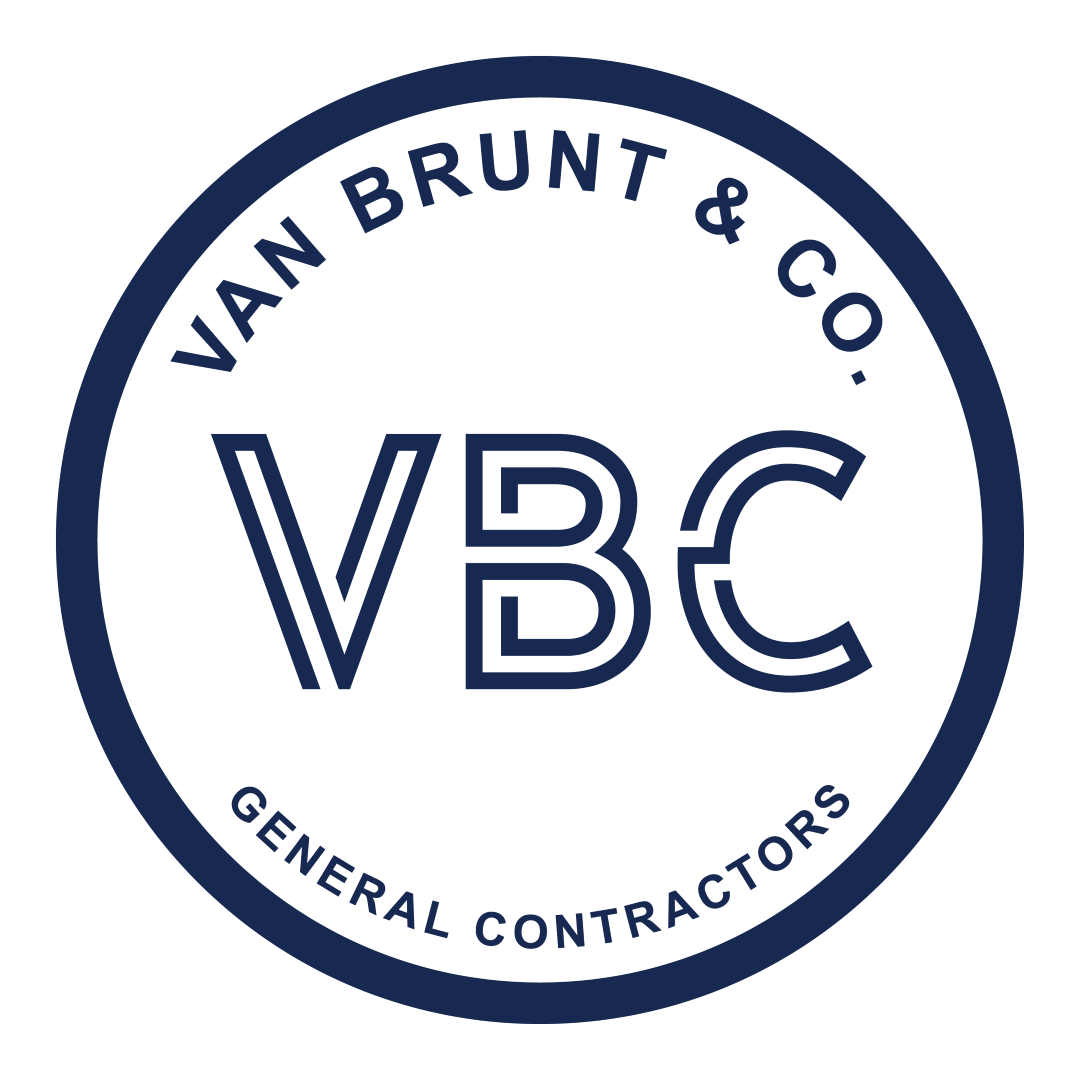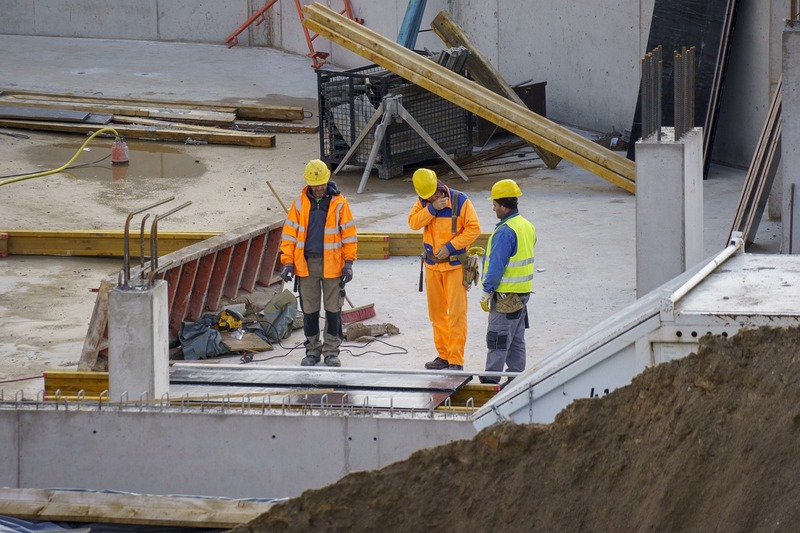Residential and commercial projects have unique purposes, leading to distinct project scopes tailored to meet those needs. Primarily, the difference between residential and commercial construction lies in the intended function of the final structure. While residential buildings are designed for private living spaces, commercial building construction focuses on spaces that support business activities and customer interaction.
Residential and commercial building construction serve distinct purposes, with differences extending far beyond just their intended use. Residential building construction focuses on structures designed for people to live in, including homes, townhouses, apartments, condominiums, and duplexes. In contrast, commercial building construction supports business functions and often involves larger structures like hospitals, shopping complexes, office spaces, and warehouses.
The distinctions between these two types of construction go beyond their purpose, impacting nearly every stage of the process. Key differences include the sales approach, the type of materials and equipment needed, project scope and timeline, funding sources, and the specific codes and permits required. Even the initial planning phases vary significantly between residential and commercial projects.

Differences Between Commercial Building Construction and Residential Construction
Distinct Project Goals
The primary distinction between commercial building construction and residential construction lies in their core purposes. Residential construction is focused on creating comfortable, functional spaces for people to live, such as single-family homes and townhouses. In contrast, commercial building construction serves to develop spaces tailored for business activities, like office buildings, retail shops, and restaurants. The one area where these lines can sometimes blur is in apartment construction. While apartments are residential units, they often fall under commercial building construction due to the business-oriented goal of renting out living spaces.
Permits and Building Codes
Starting any construction project requires two essentials: a permit and adherence to specific building codes. The first step involves securing a permit from relevant local authorities; construction can only move forward with this official approval in place. Additionally, each type of construction, whether residential or commercial, follows a distinct set of building codes. Commercial properties, in particular, face more rigorous standards compared to residential ones, ensuring the project’s safety throughout construction and once completed.
Commercial and industrial buildings are typically larger and more complex than residential projects, often involving heavy machinery, which increases the risks. To mitigate these risks, commercial construction must meet extra safety regulations covering key areas like elevators, IT infrastructure, accessibility for individuals with disabilities, parking lots, and parking garages. These strict standards are essential to protect the safety of everyone involved.
Building Materials
In the U.S., residential homes typically rely on timber frame construction due to its cost-effectiveness and suitability for smaller structures. Timber provides structural reliability for houses, but the demands of commercial building construction require materials that can handle greater complexity and larger dimensions. Commercial buildings are usually constructed with concrete and steel, which are much sturdier than wood and offer an extended lifespan, enhancing both safety and durability. This durability is especially vital for buildings used as warehouses or factories, which often require significant storage and operational space.
Another key distinction lies in roofing. While homes often use steep-slope roofing materials, commercial buildings typically feature low-slope roofing, which is better suited to their design and functional needs. Even when the same materials are used in both residential and commercial settings, their applications can differ significantly. For instance, while glass in residential buildings is often limited to small windows, commercial buildings frequently incorporate large architectural glass facades as prominent design features.
The scale and grade of materials also vary considerably. A residential foundation might use around 200 tons of concrete, whereas a high-rise commercial structure could require 200,000 tons or more. Additionally, industrial-grade steel used in commercial buildings comes in a variety of grades, each chosen for its specific properties to support complex architectural and structural designs. In essence, commercial building materials are selected not only for strength and longevity but also to support the unique requirements of larger, more demanding constructions.
Equipment Used
The equipment used in residential and commercial building construction varies due to the unique demands and materials for each. Commercial building construction projects, in particular, require robust, specialized machinery to handle large-scale tasks and ensure safety and efficiency.
Commercial Building Construction
The complex, large-scale nature of commercial building construction calls for specialized, high-powered equipment. Commercial projects typically rely on heavy-duty machinery such as cranes, lifts, loaders, and pavers to handle tasks beyond the capabilities of standard residential equipment. Because commercial construction is more complex and often involves higher risks, contractors and equipment specialists with specific expertise are necessary. Skilled professionals are essential to operate these machines safely and ensure that the project adheres to quality standards. Additionally, commercial construction sites are more susceptible to significant legal risks if issues arise, which can lead to high liability and lawsuit costs. The specialized workforce and equipment required for commercial projects also contribute to increased costs.
Residential Building Construction
While some residential projects also require skilled labor and equipment, they rarely demand the scale or power of machinery used in commercial building construction. Even the largest residential homes generally do not require cranes; instead, they may use simpler tools and hire professionals such as carpenters and stonemasons. Residential projects often incorporate DIY efforts, where homeowners can manage smaller tasks themselves to save on labor and equipment expenses. Since residential projects are generally smaller in scope, mistakes can be corrected more easily and don’t typically lead to major lawsuits, unlike in commercial construction.
In summary, both residential and commercial building construction projects use specialized equipment, but commercial projects demand a larger, more costly array of machinery and expert operators to meet their unique requirements.
Construction Location
The choice of a construction site for commercial building construction is influenced significantly by the building’s purpose and target market. While residential buildings are often situated close together, commercial structures are typically placed near residential zones or commercial hubs where they serve shoppers, diners, and professionals. This proximity to high-traffic areas influences every phase of the construction process. For residential projects, contractors must ensure that construction activities, such as heavy machinery operation, do not disturb nearby residents. They often face restrictions on early morning start times to prevent noise complaints. In contrast, commercial construction projects require more extensive planning for the transportation and storage of materials and equipment without disrupting surrounding businesses. To mitigate security risks, commercial sites commonly implement robust security measures, including fencing, surveillance cameras, and guards. Additionally, commercial projects in active business districts may be subject to rigorous environmental assessments to minimize potential impacts on surrounding areas.
Project Duration
Commercial Projects
Commercial building construction companies typically follow stricter timelines compared to residential projects. This is because commercial constructions are generally larger in scale and more complex, requiring a highly organized schedule to manage the intricate work involved. With delays, labor expenses can skyrocket, significantly affecting the project’s budget. Staying on schedule becomes essential to control costs, as a timely completion minimizes labor expenses and enhances cost efficiency for the overall build.
Residential Projects
On the other hand, residential projects tend to progress at a slower pace, with less efficient equipment and smaller crews compared to commercial sites. These factors contribute to longer completion times for residential builds, despite their smaller scale. Additionally, residential projects often experience schedule changes, as homeowners may make adjustments or decisions during the construction process, which can extend the timeline.
Construction Costs
The cost variances between commercial and residential properties are substantial. These differences primarily arise from the use of durable materials, the need for a skilled workforce, and the inclusion of specialized machinery. In commercial building construction, project deadlines are often more stringent, contributing to increased expenses. Additionally, the large scale of commercial projects typically drives up costs further. Even permit requirements for commercial construction may carry higher fees, adding to the overall expenditure.

Impact of Location and Zoning Regulations
Location significantly influences commercial and residential construction, impacting various essential factors. For commercial projects, zoning regulations determine land usage and can dictate:
- Type of Business: Ensures compatibility with local laws, affecting operational feasibility.
- Infrastructure Access: Proximity to roads, public transport, and utilities enhances accessibility for customers and employees.
- Target Market Proximity: Being close to the desired demographic increases foot traffic and potential sales.
In residential construction, the focus shifts to livability and neighborhood character. Key considerations include:
- Community Amenities: Access to schools, parks, and shopping areas enhances appeal to potential buyers.
- Neighborhood Aesthetics: Aligning with local architectural styles fosters community acceptance and regulatory approval.
- Quality of Life: Features that improve daily living, such as safety and recreational opportunities, are critical for attracting families.
Overall, developers must understand how location and zoning regulations affect their projects to achieve success. By thoroughly researching market conditions and engaging with local authorities, they can ensure their constructions meet both community needs and regulatory requirements. This strategic approach is vital for maximizing investment and fostering sustainable development.
Conclusion
Understanding the differences between residential and commercial building construction is essential for anyone involved in the industry. These distinctions not only shape the planning and execution of projects but also have significant implications for costs, materials, and timelines. Whether you’re an investor, a contractor, or simply someone interested in the construction process, knowing these nuances helps inform better decision-making.
If you’re considering a commercial construction project, partnering with a trusted firm like Van Brunt & Company can make all the difference. With expertise in commercial building construction and a commitment to quality and safety, they ensure your project is completed on time and within budget. Take the next step in your construction journey by contacting Van Brunt & Company today!
FAQs
What’s the main difference in purpose between residential and commercial buildings?
Residential buildings provide living spaces for individuals and families, while commercial buildings are designed for business activities and customer interaction.
How do permits and building codes differ for residential and commercial construction?
Both types require permits, but commercial projects face stricter regulations due to their complexity and safety risks.
What materials are commonly used in residential versus commercial construction?
Residential buildings often use timber framing, whereas commercial structures typically utilize more durable materials like concrete and steel.
How does the construction timeline differ between residential and commercial projects?
Commercial construction usually follows stricter timelines due to larger scale and complexity, while residential projects allow for more flexibility.
What factors influence the cost of residential and commercial construction?
Commercial construction is generally more expensive due to durable materials, specialized machinery, and skilled labor, while residential costs can vary based on design and local conditions.

